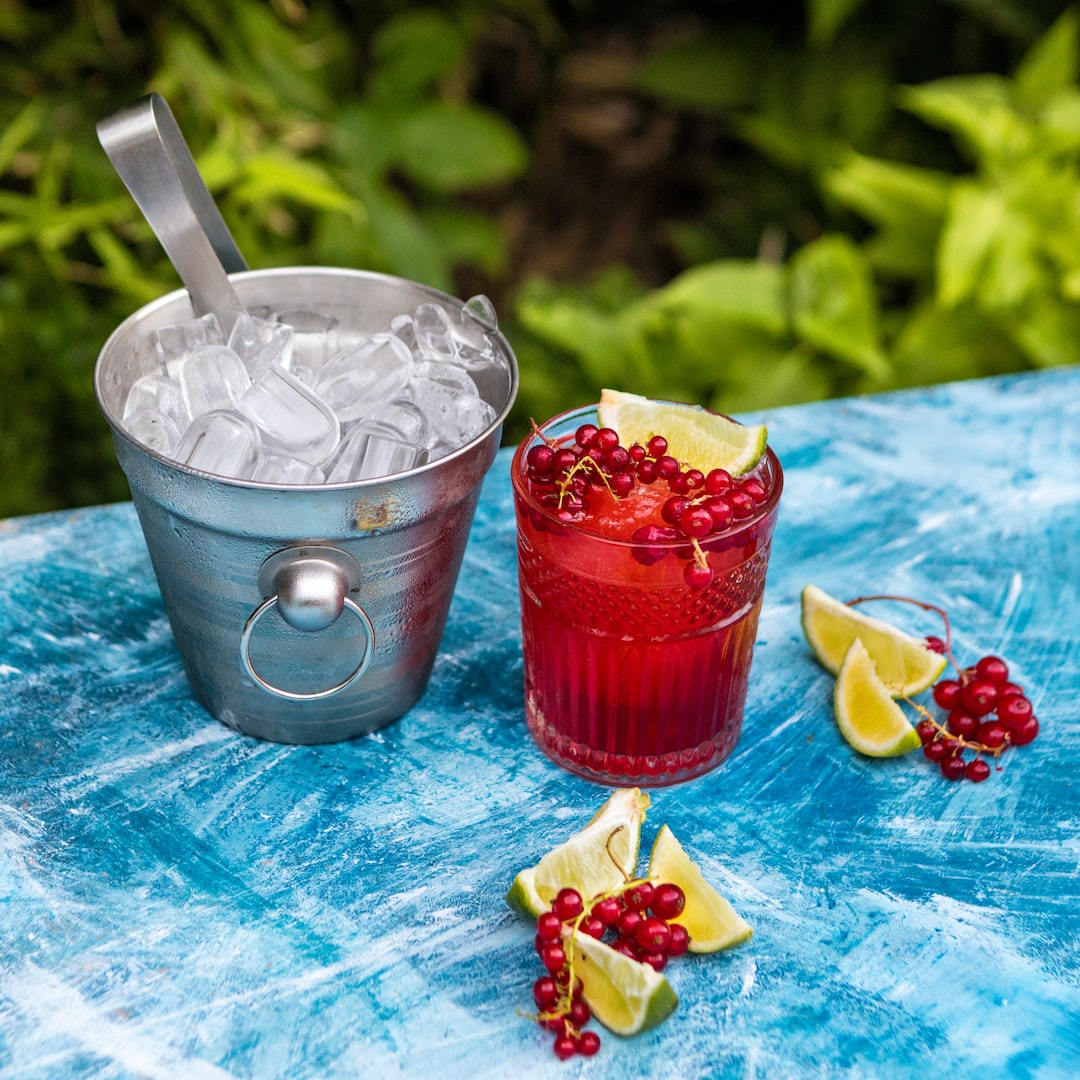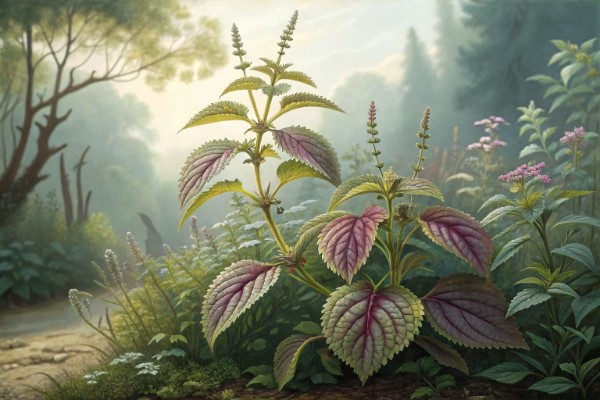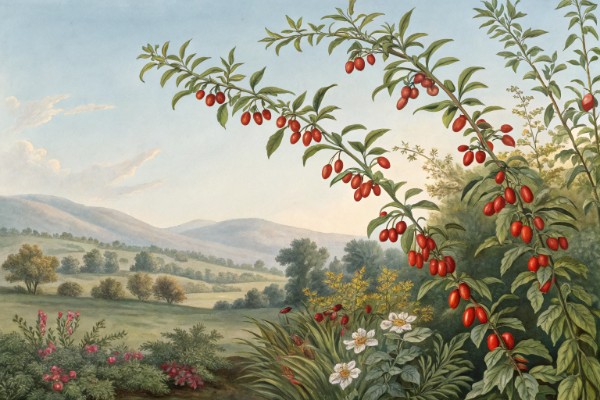Growing Lingonberry: From Planting to Harvest and Care

Growing Lingonberry
Growing lingonberry starts with acidic soil, cool weather and patient hands. Choose a well-drained, shady corner of your garden for growing lingonberry, keeping soil pH around 4.5 to 5.5. Mulch heavily, water consistently, and by late summer you'll reap tart, ruby-red berries perfect for pies, sauces or a sly homemade jam. Intrigued? Here's your complete, no-nonsense guide to cultivating a standout lingonberry crop—from planting through harvest and beyond.
What makes lingonberry tick
Vaccinium vitis-idaea is a low, rhizomatous evergreen that knits into a glossy carpet and fruits twice in cool climates. It loves acidic soil, cool roots, and a steady, gentle routine.
I treat it like a blueberry that decided to stay tiny, tough, and extra tart.
Climate and exposure
Lingonberry thrives where summers stay mild and winters bite, roughly USDA zones 2 to 7. Heat above 85 F 29 C slows growth, so in warm regions I plant where it gets morning sun and light afternoon shade.
In cool coastal or northern sites, full sun builds yield and color without leaf scorch.
Soil profile the plants crave
Aim for pH 4.2 to 5.5, high organic matter, and sharp drainage. I build a bed with equal parts peat or fine pine bark, coarse sand, and loamy topsoil, then top with conifer needles.
Avoid lime, wood ash, and hard water, which push pH up and lock out iron. If your native soil sits above pH 6, grow in raised beds or containers and acidify with elemental sulfur.
How I acidify safely
For sandy soil, I mix in 1 pound of elemental sulfur per 100 square feet 0.45 kg per 9.3 m² at least 60 days pre-plant. Clay needs closer to 2 pounds 0.9 kg per 100 square feet.
Retest pH every spring and micro-dose as needed. Patience beats dumping amendments.
Planting method that sticks
I plant in early spring once the ground is workable, or in early fall where summers run hot. Set crowns level with the soil line, never buried.
Space plants 12 to 18 inches 30 to 45 cm apart with 2 to 3 feet 60 to 90 cm between rows. They’ll knit together within two seasons if kept happy.
Water and mulch
Keep the root zone evenly moist with about 1 inch 25 mm of water weekly, more during heat or wind. Drip or micro-sprayers suit the shallow fibrous roots.
Mulch 2 to 3 inches 5 to 7.5 cm deep with pine needles or fine bark to cool the soil, buffer pH, and block weeds. Pull mulch back from stems to prevent rot.
Feeding without overdoing it
Go light. I use an acid-forming fertilizer for azalea-rhododendron at half label strength in early spring, then again after the first bloom flush.
Ammonium-based nitrogen at low rates suits them; nitrate-based products can stress roots at low pH.
Bloom, pollination, and fruit set
Lingonberries flower in late spring and again in summer, which can yield two crops. Most varieties set fruit alone, but planting two cultivars bumps yield and size.
Bees do the heavy lifting, especially bumblebees on cool mornings. I avoid spraying anything during bloom.
Heat and cold management
They handle winter like champs and want chilling, so do not cover heavily unless winter sunscald threatens. In hot spells, I give 30 percent shade cloth during the afternoon and mist the mulch, not the leaves.
Leaf bronzing signals heat stress or high pH. I check both before I blame fertilizer.
Top varieties I actually trust
- Koralle: Dense, ornamental, steady yields, great for edging beds.
- Red Pearl: Large berries, reliable in cool summers, tidy growth.
- Erntesegen: Good late crop and balanced flavor, pairs well with Koralle for cross-pollination.
- Erntedank: Early coloring and heavy set on young plants.
- Ida: Vigorous groundcover habit with firm fruit in northern sites.
- Sanna: Compact, clean foliage, useful for containers and tight borders.
I mix two or three to stretch the fruiting window and hedge against weather quirks.
Container culture that actually works
Use a 3 to 5 gallon 11 to 19 L pot for a single plant or a 10 gallon 38 L trough for two, filled with 60 percent peat or fine bark, 30 percent perlite or coarse sand, and 10 percent compost. Keep pH at 4.5 to 5.5 and feed lightly.
Terracotta breathes but dries fast, while plastic holds moisture longer. I set pots on the north side of a fence in hot zones.
Pruning and renovation
Little is needed the first three years beyond removing dead wood. After year four, I thin a quarter of the oldest stems at the base each spring to keep the patch young.
Every 5 to 6 years I slice out a strip of crowded runners to open air and light, then topdress with fresh acidic mulch.
Weeds, pests, disease
Mulch is your ally against weeds, and hand-pulling beats soil disturbance near shallow roots. Phytophthora root rot flares in soggy ground, so fix drainage first and skip overhead watering in humid spells.
Botrytis can speck flowers in long wet weather; airflow and morning irrigation reduce risk. Birds adore ripe berries, so I drape lightweight netting once they blush.
Harvest, yields, and storage
Pick when the berries are fully red, glossy, and firm, usually late summer into fall. A mature plant can give roughly 0.5 to 1 pound 0.23 to 0.45 kg per season with tidy care and cross-pollination.
Flavor sharpens after a few days in the fridge. The natural benzoic acid helps them keep longer than many fruits if chilled promptly.
Fast stat: Keep soil pH between 4.2 and 5.5 and supply about 1 inch 25 mm of water weekly to maintain steady growth and repeat cropping.
Post-harvest handling
I chill berries within an hour of picking, unwashed, in shallow containers. They freeze beautifully on a tray, then bagged for sauces, ketchups, syrups, and compotes.
Growing Lingonberry for landscape value
The evergreen foliage stays glossy through winter and takes on a handsome burgundy tint in cold snaps. I edge paths with it and tuck clumps among heathers, lowbush blueberry, and dwarf conifers.
Companions that share the same taste in soil
- Lowbush blueberry and highbush blueberry on the upslope for drainage.
- Cranberry in wetter swales where water lingers but still drains.
- Heather, heaths, and dwarf pines for evergreen texture and bee forage.
My troubleshooting checklist
- Pale leaves with green veins: likely high pH or overwatering. Test pH, lighten irrigation, and add chelated iron only after pH correction.
- Brown leaf edges in midsummer: heat or salt stress. Flush the potting mix, shade in afternoons, and double-check fertilizer type.
- Weak fruit set: add a second cultivar, increase morning sun, and keep blooms dry when possible.
Small-space playbook
One wide trough and two varieties will keep a balcony supplied with tart fruit and year-round foliage. I rotate the container 90 degrees every two weeks for even light.
Buying guide and quick specs
- Plant form: Tissue-cultured plugs or 1-quart 1 L pots establish fastest and cleanest.
- How many: For a 100 square foot 9.3 m² patch, plan on 60 to 80 plants for a tight carpet in two seasons.
- Budget: Expect roughly 8 to 18 USD per plant from specialty nurseries, less for bulk plugs.
- Soil kit: pH meter or test kit, elemental sulfur, pine fines, and drip line pay for themselves in plant health.
Seasonal calendar
- Late winter: Soil test, plan sulfur and mulch, sharpen pruners.
- Early spring: Plant, water in, light feed, install drip.
- Late spring: First bloom and set. Keep mulch fluffy and weeds out.
- Mid to late summer: Second bloom in cool zones, heat management elsewhere.
- Late summer to fall: Harvest, net for birds, light after-harvest feed if plants still active.
- Late fall: Top up mulch, secure netting, tidy runners.
Field notes from my beds
I had a row that sulked for months until I swapped tap water for collected rainwater, and the leaves greened in two weeks. On a hot August run, a bit of afternoon shade plus deeper mulch saved the second flush of flowers.
In a Maine trial garden, Koralle and Red Pearl set heavier crops together than apart, and fruit size nudged up about a third. Cross-pollination pays in this crop.
FAQ for Growing Lingonberry
How long until fruit: Expect light fruit in year two, better yields by year three to four. Container plants often fruit a bit earlier with steady care.
Do they spread: Yes, slowly by rhizomes. I contain them with a spade slice along bed edges each spring.
Self-fertile: Often, yes. Two cultivars improve set, uniformity, and timing.
Can I grow them in warm zones: Yes with care. Use morning sun, afternoon shade, and focus on cool, acidic media.
Are they the same as cowberry: Cowberry is another common name for lingonberry, same species.
Related alternatives if your site runs hot
- Sunshine Blue blueberry for slightly higher pH tolerance and heat resilience.
- Evergreen huckleberry Vaccinium ovatum for coastal West climates and edible ornamental value.
- Cranberry Vaccinium macrocarpon if you have uniformly moist, acidic beds.
Science and sources I trust
University of Maine Cooperative Extension, Oregon State University Extension, and University of Wisconsin horticulture publications align on low pH, high organic matter, and careful watering for Vaccinium crops. USDA ARS Vaccinium resources and the Swedish University of Agricultural Sciences provide cultivar and physiology context for northern production.
"Lingonberries thrive in acidic, well-drained soils similar to blueberries, with improved yields under cross-pollination and cool summer conditions."
I cross-check cultivar notes with specialty nurseries and national germplasm repositories before recommending plants for a region. Field performance still sets my final verdict in each garden.
Cheatsheet: Lingonberry Growing & Harvest Essentials
🪴 Planting Basics
- Zones: 2-7 USDA (plants survive -40°F/-40°C)
- Light: Partial sun to dappled shade (4-6 hrs/day)
- Soil: Acidic (pH 4.5-5.5), sandy, well-drained
- Spacing: 12-18 in (30-45 cm) apart
- Plant Time: Early spring or early fall
💧 Water & Nutrition
- Keep soil moist, never soggy
- Mulch heavily (pine needles/wood chips) to retain acidity
- Fertilize once in spring: sulfur or acidic berry fertilizer
🌱 Care & Maintenance
- Prune weak stems in early spring (do not overprune)
- Remove weeds regularly to reduce root competition
- Protect from rabbits/deer using mesh if needed
- Pollination: Plant in clusters for better fruit set
🍒 Harvest & Storage
- Harvest late summer to early fall when berries turn deep red
- Pick by hand; avoid squashing
- Store fresh up to 3 weeks refrigerated; freeze 8-12 months
🛠️ Tools and Products You'll Need
- Shovel
- Hand pruners
- Acidic berry fertilizer or elemental sulfur
- Pine needle or wood chip mulch
- Mesh/netting for wildlife protection
- Harvest basket or tray
🌟 Health & Nutrition
Lingonberries: High in vitamin C, K, and antioxidants; traditional Nordic staple; self-sufficiency crop—yields in second year, productive up to 20 years.
📈 Fun Fact
Lingonberries contain 2x more antioxidants than cranberries.
Frequently Asked Questions About Growing Lingonberry
What soil conditions promote healthy lingonberry growth?
Lingonberries thrive in acidic soils with a pH between 4.5 and 5.5. Mix plenty of organic matter, such as peat moss or composted pine needles, into sandy or loamy soil to achieve proper drainage and acidity. Avoid heavy clay soils to keep roots from becoming waterlogged.
How much sunlight do lingonberry plants require?
Plant lingonberries where they can receive at least 6 hours of direct sun per day. Partial shade is acceptable, especially in areas with hot afternoon sun, but full shade reduces fruiting and overall plant vigor.
What's the ideal watering routine for lingonberry bushes?
Lingonberries prefer consistent moisture without waterlogged conditions. Water them deeply once or twice per week during dry spells, ensuring the soil stays evenly moist but not saturated. Applying a layer of mulch helps retain moisture and moderate soil temperature.
When and how should lingonberries be fertilized?
Feed lingonberries once annually in early spring using a fertilizer formulated for acid-loving plants, such as those designed for blueberries and azaleas. An organic fertilizer or compost applied in late fall can enrich the soil and sustain plants throughout winter.
Are lingonberries susceptible to pests or diseases?
Lingonberries have few major pest issues, but watch out for aphids, vine weevils, and fungal diseases like leaf spot or root rot. Inspect plants regularly and prune any diseased branches promptly to prevent spreading. Maintaining good air circulation and proper spacing helps reduce disease risk.
How can you tell when lingonberries are ready to harvest?
Harvest lingonberries when they turn a bright, glossy red and feel firm to the touch. Typically, the first crop matures in late summer, around August or September, with a possible second, smaller harvest occurring in late autumn. Handpick carefully to avoid bruising fruit.
What steps should be taken to prepare lingonberry plants for winter?
While lingonberries tolerate cold temperatures down to -40°F (-40°C), protect roots with a thick mulch layer of pine needles, straw, or bark chips. Providing winter mulch ensures soil stability and moisture retention during freezing and thawing cycles in colder climates.
Growing lingonberry rewards patience and attention. These tough little shrubs thrive on acidic soil, consistent moisture, and a spot out of the harshest afternoon sun. Their resilience makes them right at home alongside other resilient edibles—if you’re curious about more unique berries, check out growing blackcurrant for a companion project.
Regular mulching, light pruning, and keeping the weeds at bay will keep your lingonberries coming back strong, year after year. The payoff isn’t just in the tart, ruby fruit—though that’s reason enough—but in watching a patch fill out and ripen with the seasons. Growing lingonberry isn’t complicated, but it is satisfying—just the way good gardening should be.



